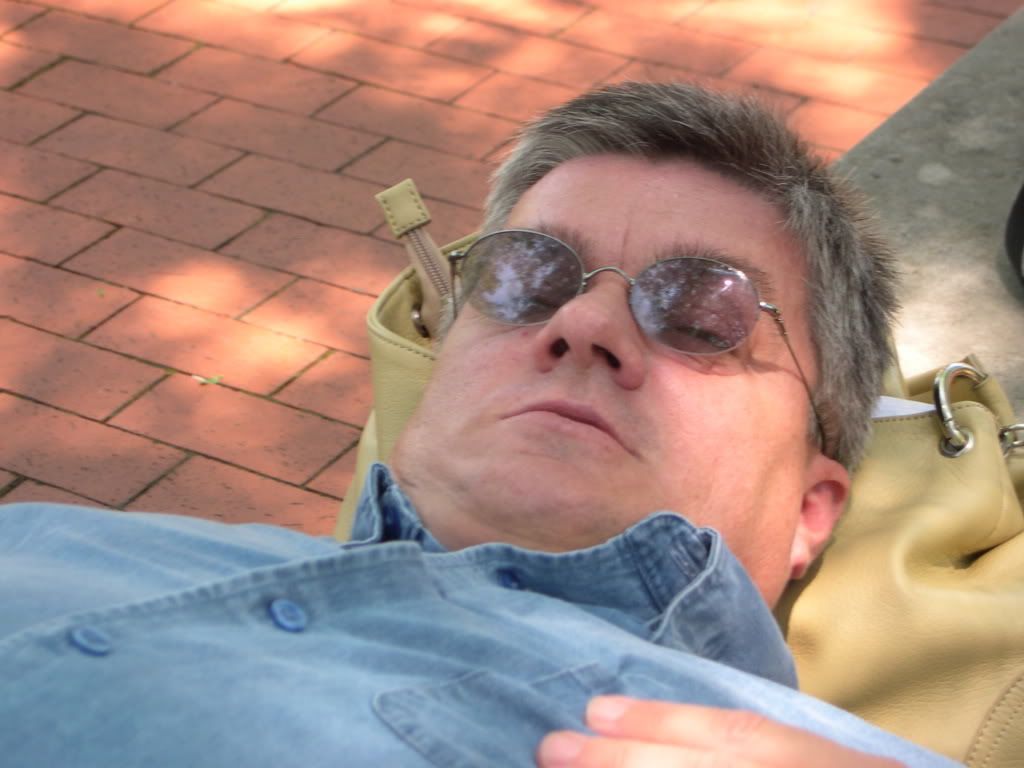A red-letter day
 Born in 1751, James Madison was the fourth President of the United States (1809–1817).
Born in 1751, James Madison was the fourth President of the United States (1809–1817).
The principal author of the Constitution, Madison also made a major contribution to the ratification of the Constitution by writing, with Alexander Hamilton and John Jay, the Federalist Papers, which to this day remain the most influential commentaries on the Constitution.
In June 1789, Madison offered a package of twelve proposed amendments to the Constitution. By December 1791, ten of Madison's proposed amendments were ratified and became the Bill of Rights. But, contrary to his wishes, the Bill of Rights was not integrated into the main body of the Constitution, and it did not apply to the states until the ratification of the Fourteenth and Fifteenth Amendments restricted the powers of the states. Another of his proposed amendments (prohibiting increases in congressional salaries until after the next general election) was eventually ratified in 1992 as the Constitution's Twenty-seventh Amendment.
As a political theorist, one of Madison's most important contributions was his idea, presented in Federalist No. 10, that the new republic needed checks and balances to limit the powers of special interests or "factions." As a leader in the House of Representatives, Madison worked closely with President George Washington to organize the new federal government. Later, with Thomas Jefferson he organized the Republican Party (later called the Democratic-Republican Party) that was in opposition to key policies of the ruling Federalists.
James Madison—President, a Founding Father of the United States, "Father of the Constitution," and "Father of the Bill of Rights."
Went to the bank and got mine today. Also got a roll of Utah quarters.












2 comments:
Any insight as to why they didn't include the classic "in God we Trust" phrase on the new J.M. coin??? What's up with that?
Au contraire unknowledgeable one:
[incuse: Formed by hammering, stamping, or pressing]
The edge-incused inscriptions found on Presidential $1 Coins include 1) the year of minting or issuance, 2) E Pluribus Unum, 3) In God We Trust and 4) the mint mark.
Due to the minting process used on the circulating and "uncirculated" quality coins, the edge-incused inscription positions will vary with each coin.
The Presidential $1 Coins are inscribed on the edge without regard to their "heads" or "tails" orientation. In addition, the location of the inscriptions around the circumference of the coin with relation to the obverse and reverse designs will vary as well. This is because the United States Mint incuses these inscriptions on the edge of each coin at the second step of a two-step coining process.
In the first step, the blanks are fed into a coining machine which strikes the obverse and reverse designs onto the coins, and dispenses the coins into a large bin. In the second step, the bin is transported to the edge-incusing machine, into which the coins are fed at random, without regard to their "heads" or "tails" orientation.
Therefore, statistically, approximately one-half of the coins produced will have edge-lettering oriented toward the "heads" side (obverse), and approximately one-half of the coins will have the edge-incused inscriptions oriented toward the "tails" side (reverse).
Post a Comment